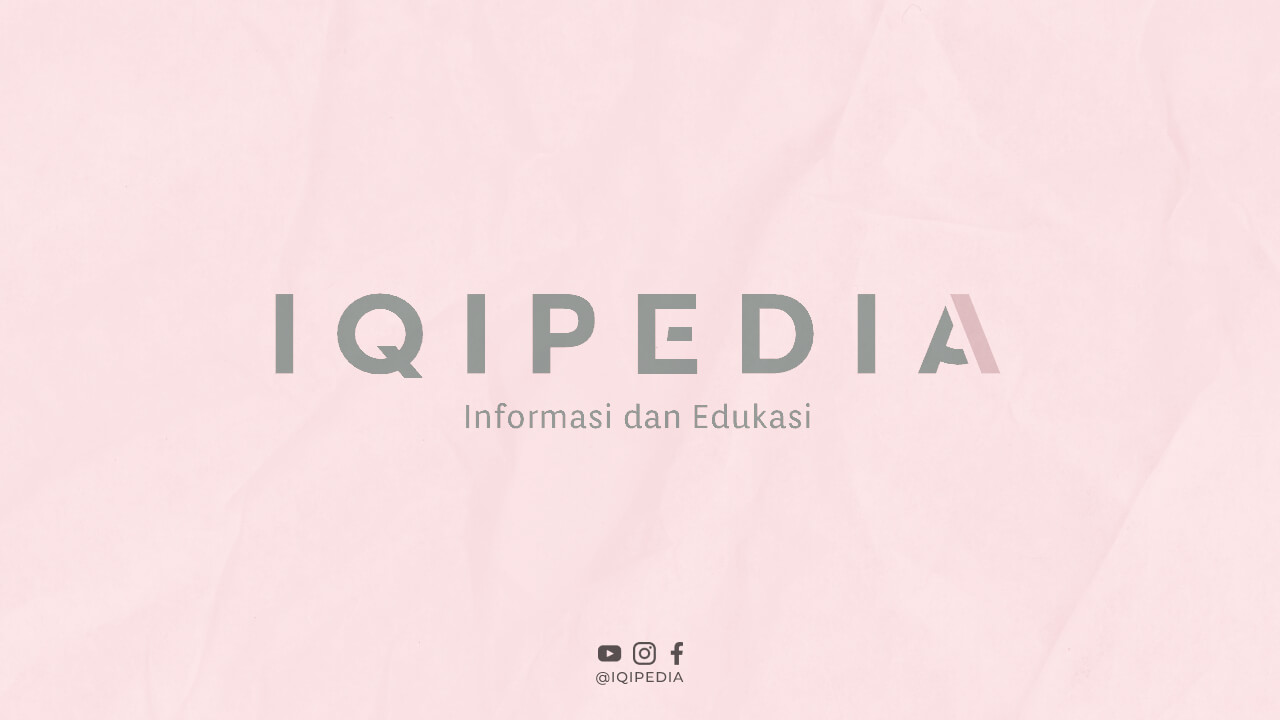Media buying is an essential aspect of digital marketing that involves the procurement of advertising space or time on various online platforms. It is a strategic process where marketers identify the most suitable channels to reach their target audience and negotiate the purchase of ad placements. In today’s digital era, media buying has become increasingly crucial due to the rising popularity of online advertising.
The Role of Media Buying
Media buying plays a significant role in the success of digital marketing campaigns. It helps businesses effectively allocate their advertising budgets and ensure maximum exposure to the right audience. By carefully selecting the appropriate platforms and ad formats, marketers can optimize their campaigns to generate better results.
Moreover, media buying enables businesses to target specific demographics, locations, and interests. By leveraging data and analytics, marketers can gain valuable insights into consumer behavior and preferences, allowing them to tailor their ads accordingly. This targeted approach enhances the chances of reaching potential customers and driving conversions.
The Process of Media Buying
The process of media buying involves several key steps. Firstly, marketers need to define their campaign objectives and identify their target audience. This understanding helps in selecting the most suitable advertising platforms and formats.
Next, marketers conduct thorough research to analyze different platforms and their audience reach. They assess factors like user demographics, engagement levels, and the platform’s relevance to their product or service. This evaluation aids in shortlisting the most effective channels for advertising.
Once the platforms are identified, marketers negotiate with publishers or advertising networks to secure the best ad placements and pricing. This step involves careful consideration of factors like ad positioning, frequency, and duration to maximize the impact of the campaign.
After finalizing the deals, marketers closely monitor the performance of their ads and make necessary adjustments. They analyze key metrics such as click-through rates, conversions, and return on investment (ROI) to measure the effectiveness of their media buying strategies.
Types of Media Buying
Media buying can be categorized into different types, depending on the platforms and methods used. Here are a few common types:
1. Programmatic Media Buying:
This type of media buying involves using automated technology and algorithms to purchase ad space in real-time. It allows for precise targeting and optimization, as ads are delivered based on user data and behavior.
2. Direct Media Buying:
In direct media buying, marketers directly negotiate and purchase ad placements from publishers or website owners. This method provides more control over ad positioning and pricing.
3. Network Media Buying:
Network media buying involves working with advertising networks that represent multiple publishers. Marketers can access a wider range of platforms through a single network, simplifying the buying process.
4. Social Media Advertising:
Social media platforms like Facebook, Instagram, and Twitter offer their own media buying options. Marketers can target specific audiences based on demographics, interests, and online behaviors.
The Benefits of Media Buying
Media buying offers several benefits to businesses in their digital marketing efforts:
1. Increased Visibility:
By strategically placing ads on high-traffic platforms, businesses can significantly enhance their brand visibility and reach a wider audience.
2. Targeted Advertising:
Media buying allows businesses to specifically target their desired audience based on demographics, interests, and online behaviors. This ensures that ads are seen by individuals who are more likely to be interested in the product or service.
3. Cost-Effective Results:
With media buying, marketers can optimize their ad spending by focusing on platforms and placements that generate the best results. This helps in maximizing the return on investment (ROI).
4. Data-Driven Insights:
Media buying provides access to valuable data and analytics, enabling marketers to gain insights into consumer behavior, preferences, and campaign performance. This data-driven approach helps in refining future marketing strategies.
Conclusion
Media buying in digital marketing is a strategic process that helps businesses effectively allocate their advertising budgets and reach their target audience. By carefully selecting the right platforms, negotiating the best deals, and monitoring campaign performance, marketers can optimize their ad placements and drive better results. With the growing popularity of online advertising, media buying has become an indispensable aspect of successful digital marketing campaigns.

